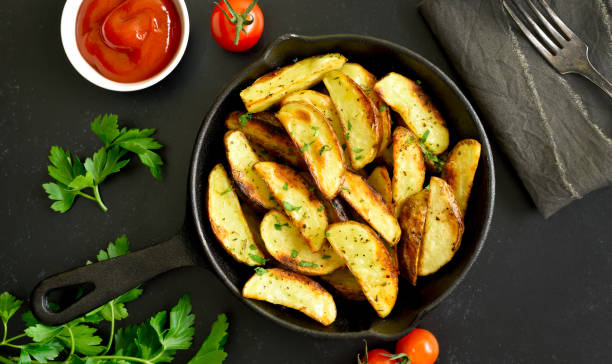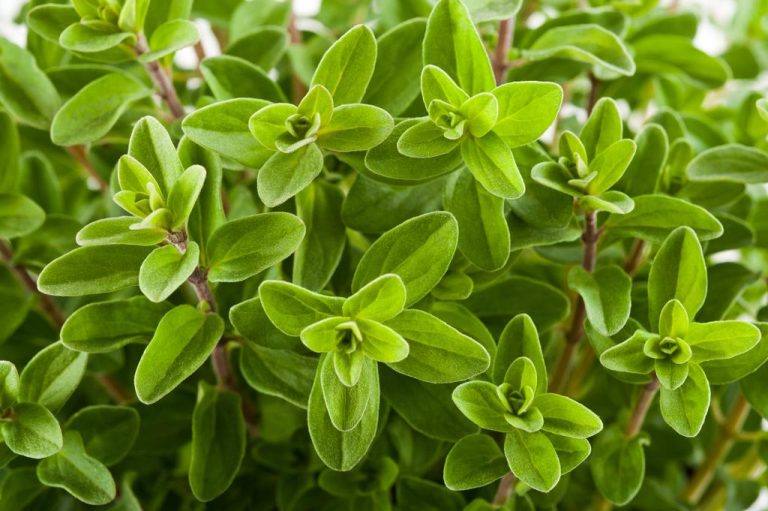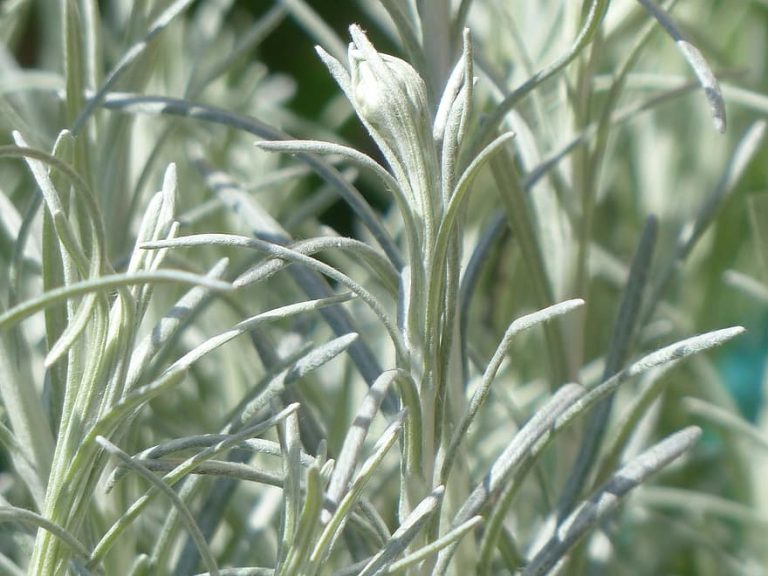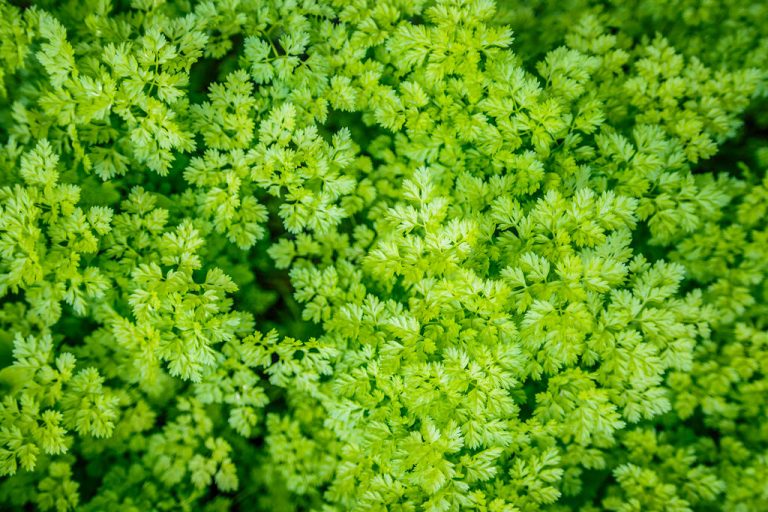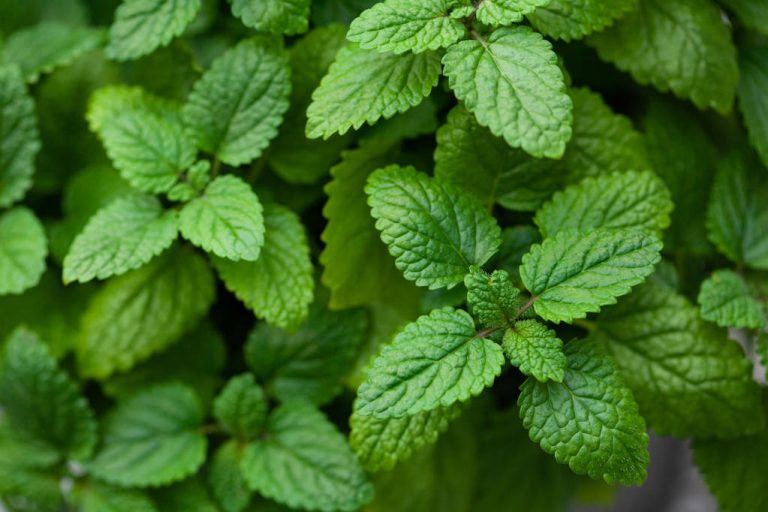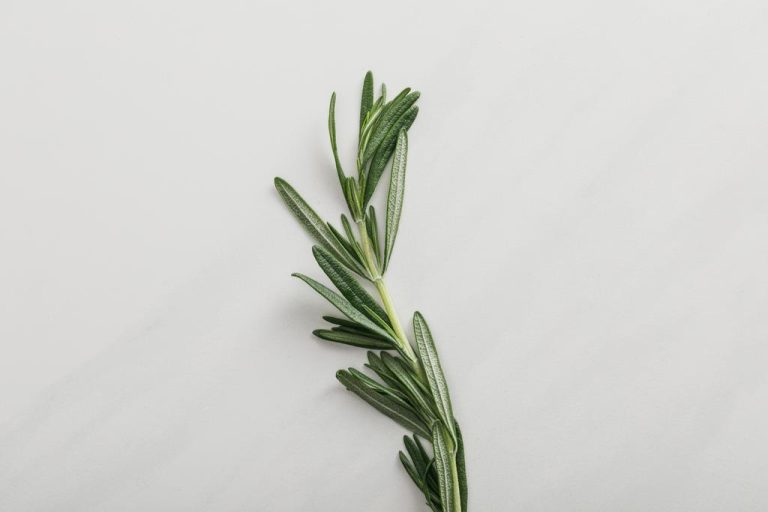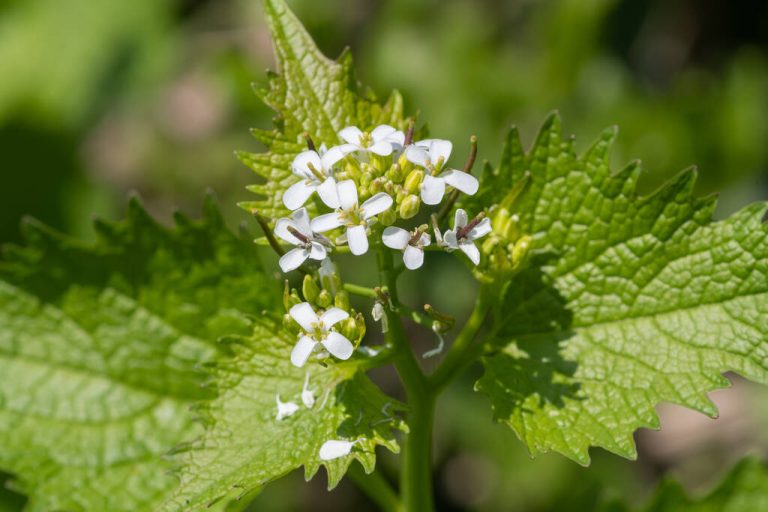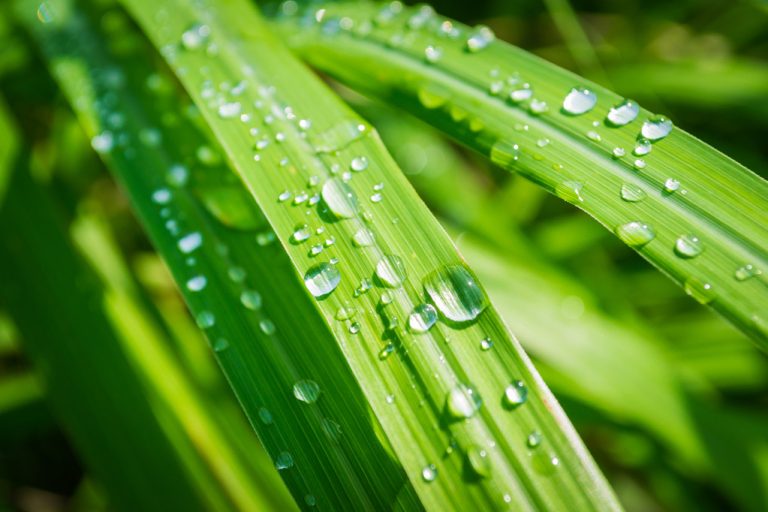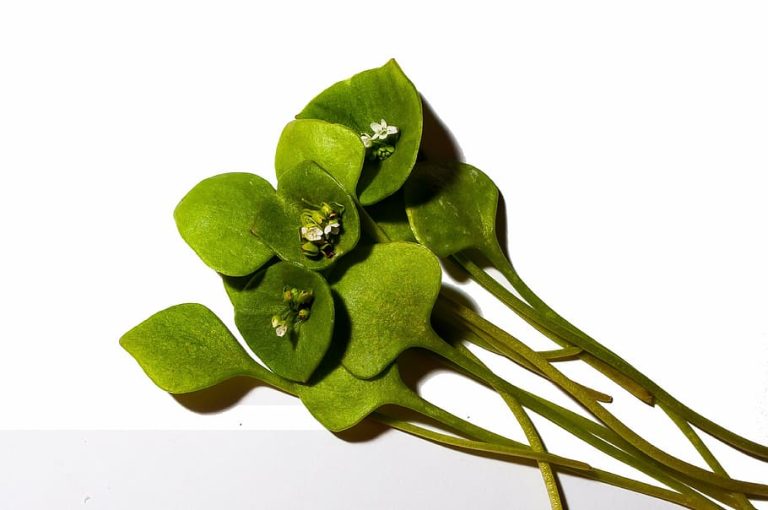Lemongrass is a classic in Asian cuisine. To avoid long transport routes and packaging waste, you can also plant the kitchen herb yourself. We’ll show you how to do it and how to use lemongrass in the kitchen.
In Germany, the scent of lemongrass is mainly known from cosmetic products such as scented oils and perfume. In Asia, however, the spicy grass is indispensable in the kitchen. The plant owes its fresh, intense scent to the essential oils. The genus of lemongrass includes around 55 different species, most of which come from Asia. East Indian and West Indian lemongrass are among the most popular varieties.
Lemongrass is now mainly grown in Southeast Asia, especially in Thailand, Vietnam and Indonesia. From there it is exported all over the world. But you can also plant the exotic plant here with us and thus avoid long transport routes for the sake of the climate.

plant lemongrass
Lemongrass is a perennial plant. Up to 90 centimeters long, grass-like, grey-green leaves hang down from its strong stem. If you want to plant lemongrass yourself, you should consider the following:
The site:
bright
sheltered from the wind
lots of sunlight
nutrient-rich, loose soil
mature compost, sand, gravel
sensitive to waterlogging
The plant is used to tropical climates and is therefore not winter-proof here. That’s why it’s best to plant them in a pot. Alternatively, you can also plant the exotic grass on the south side of a house wall.
The Sowing
Lemongrass is one of the warm germs and therefore needs a constant temperature of at least 20 degrees to germinate.
Press the seeds lightly into the soil and spray them with some water.
Air the seeds regularly to prevent rot and mold.
Alternatively, you can buy fresh stems from the Asian store and soak them in 3cm of water for a week or two until roots form. Make sure to change the water regularly.
Since lemongrass doesn’t flower, you can use this method to propagate your plant later.
Caring for and harvesting lemongrass
Caring for Lemongrass:
In the warm months you can put lemongrass outside or in the field. This is also the right time to transplant the plant into a larger pot.
Winter: However, the exotic grass does not tolerate temperatures below seven degrees. When winter is approaching, you should bring the plant indoors in good time and place it in a warm, sunny spot. In winter it is sufficient to water lemongrass every two weeks.
Summer: The plant has its main growth phase between June and August. During this time, you should water them two to three times a week to keep the soil moist.
In the summertime, lemongrass needs some fertilizer every month or two. Organic fertilizer is particularly suitable for this. At the beginning of the main growth phase, it is best to enrich the soil with horn shavings. Regularly remove leaves that have turned yellow, as they cost the plant unnecessary energy and hinder its growth.
Harvest Lemongrass:
In the summer months you can harvest lemongrass regularly. Pruning encourages healthy, bushy growth.
In the kitchen, only the light-colored stems of the plant are used, since the remaining leaves are very fibrous.
Use a sharp knife to cut off the tough stems just above the root. You can simply cut off the green part and compost it.
Be careful not to bruise or bruise the bulb of the plant when harvesting.
Lemongrass as a medicinal plant
In Asia, lemongrass is traditionally used as a medicinal plant. It is mainly used for digestive problems and is said to help against stress and nervousness.
In 2011, the Journal of Advanced Pharmaceutical Technology and Research dealt extensively with the effects of lemongrass as a medicinal plant and was able to demonstrate the following properties:
antibacterial
antifungal
anti-inflammatory
antioxidant
lowering cholesterol
calming
In addition, lemongrass is said to have a strong effect against mosquitoes. Therefore, the scent is often used in sprays or scented candles intended to repel mosquitoes. However, this effect has not been scientifically proven.
To benefit from its healing properties, prepare lemongrass as a tea:
For one liter of tea you need two stalks of lemongrass. Here’s how you do it:
Split the stems in half to help the essential oils dissolve.
Pour boiling water over the stalks.
Let the tea steep for five to ten minutes. Then you remove the plant parts.
Tip: Lemongrass tea is also a good cold drink

Cooking with Lemongrass
In Asian cuisine, lemongrass is about as common as parsley or chives in our country. Use fresh lemongrass for full flavor. When drying, the stems lose a lot of flavor. Store freshly harvested lemongrass wrapped in a kitchen towel in the fridge. It will keep like this for about two weeks. How to use lemongrass in your kitchen:
Wash the lemongrass thoroughly and remove the outermost layer before using it.
It’s important that you chop the stalks finely, as the herb is very fibrous and will remain quite firm after cooking.
Alternatively, you can cook the stalks in half and remove them before serving.
Add lemongrass at the beginning so that the full aroma can unfold.
Lemongrass gives Asian dishes an authentic, fresh touch. It is suitable for Asian soups, curry dishes or colorful vegetable pans. You can also refine sauces or salads with lemongrass. The Asian herb gives classic European dishes, such as pumpkin soup, an exotic touch – you have to try it!



